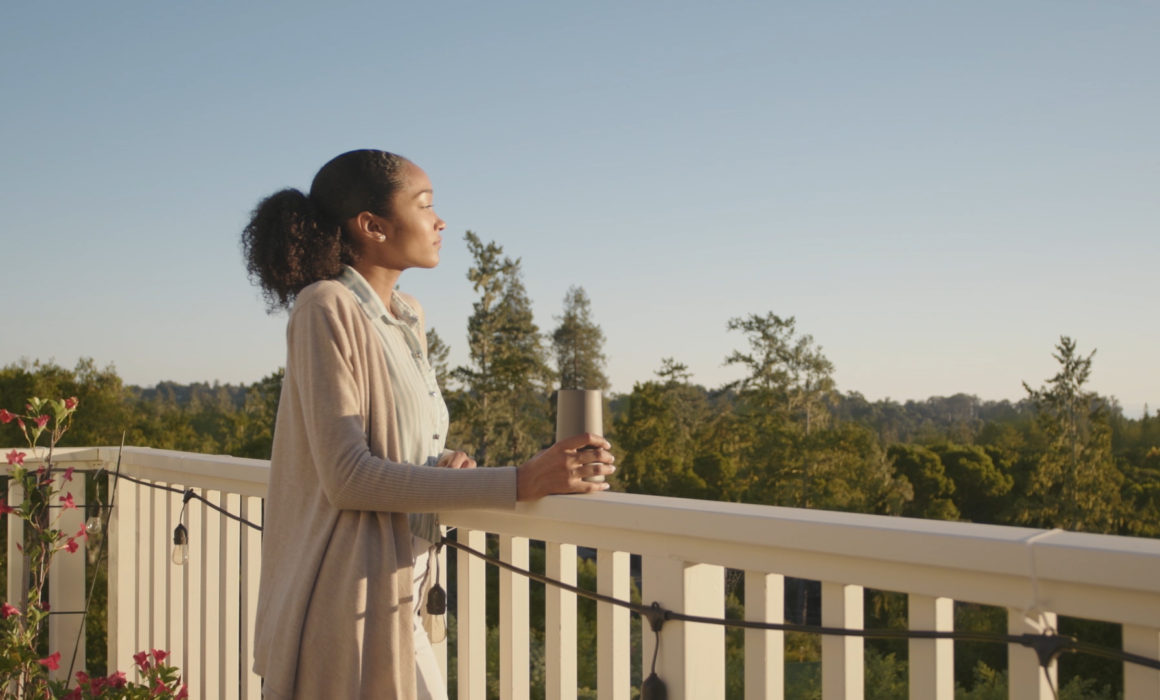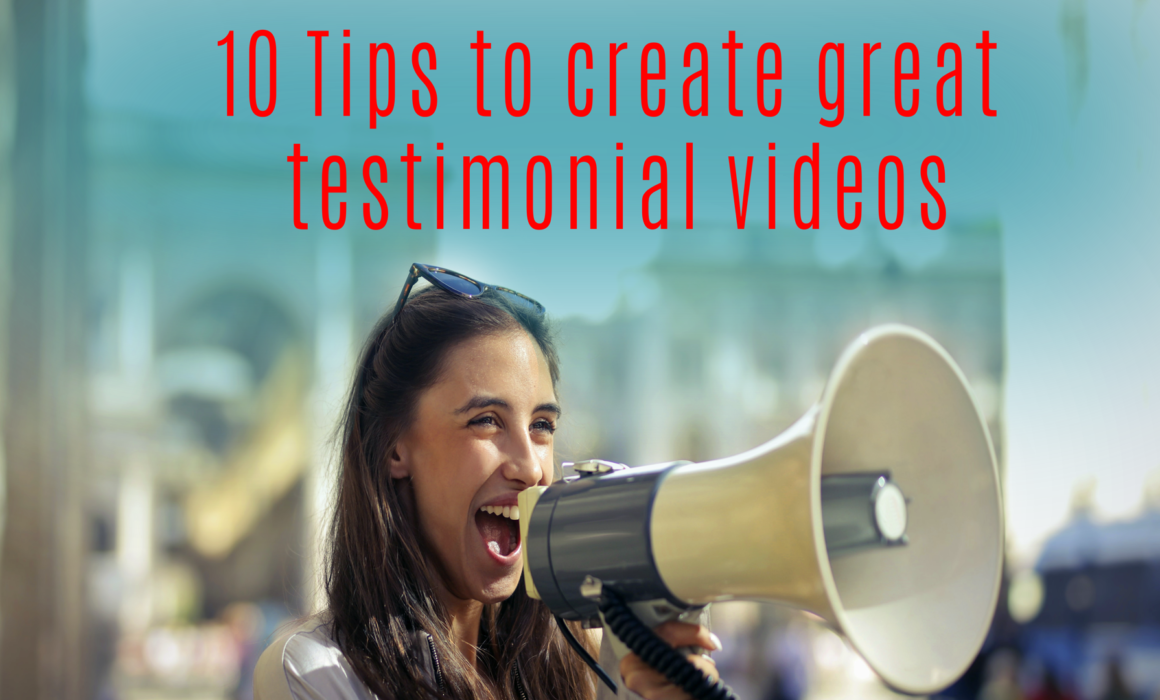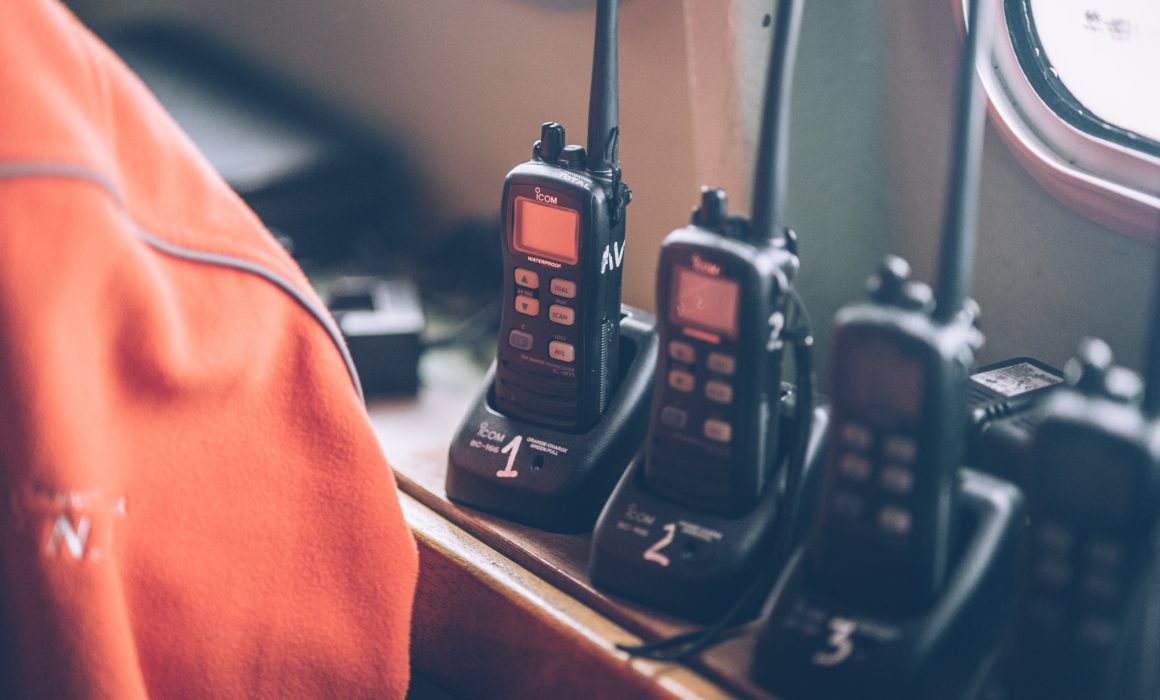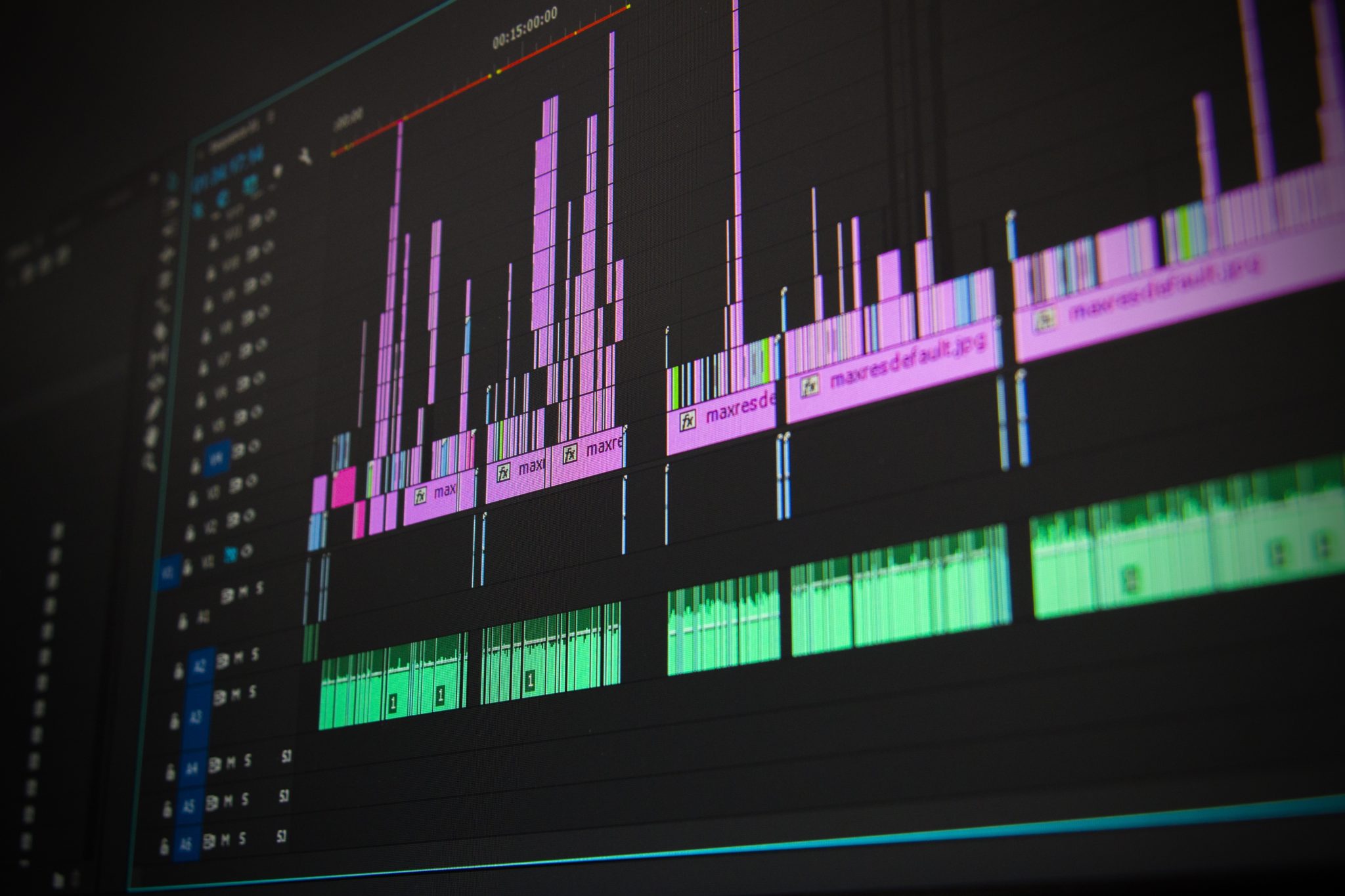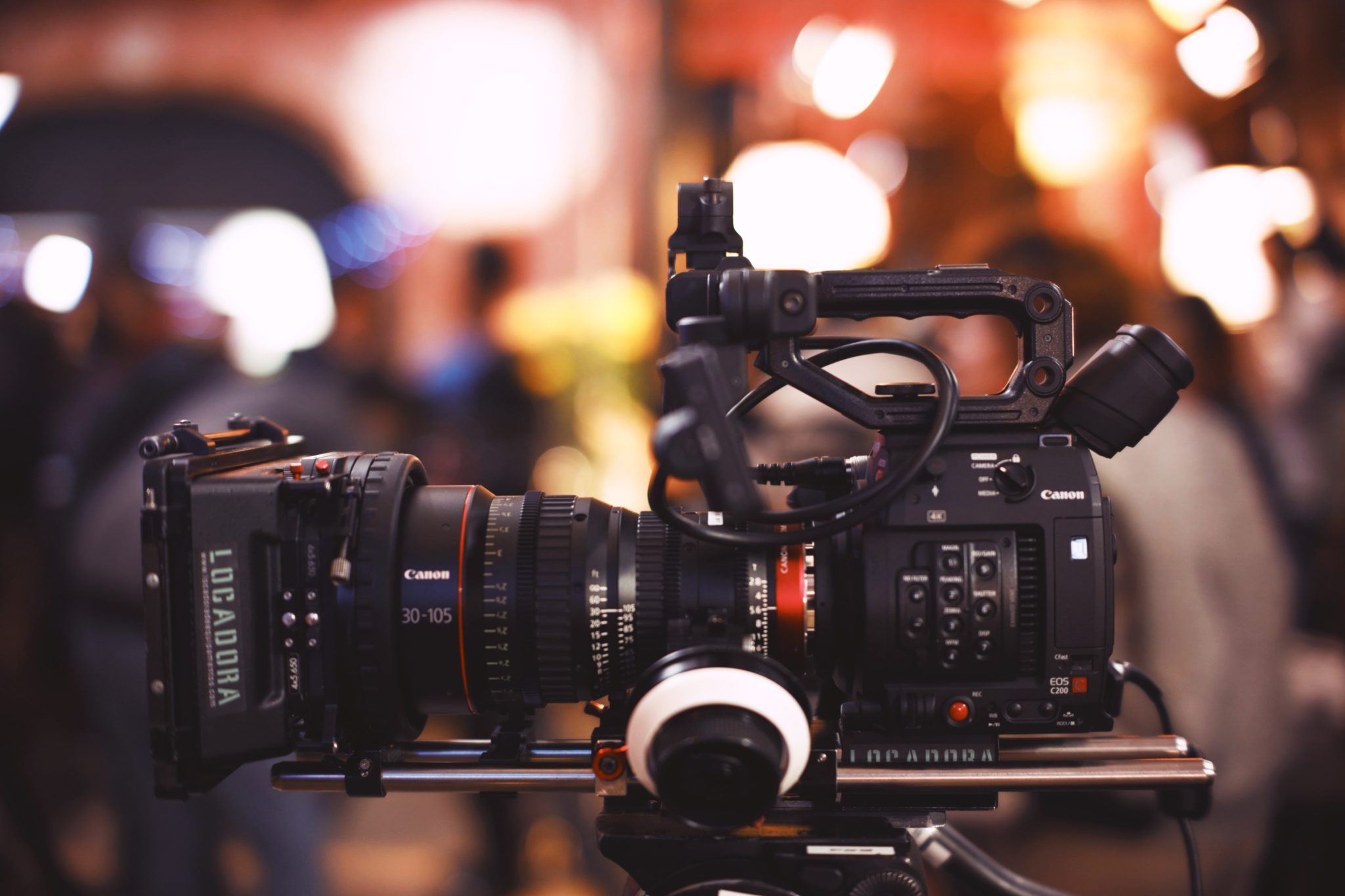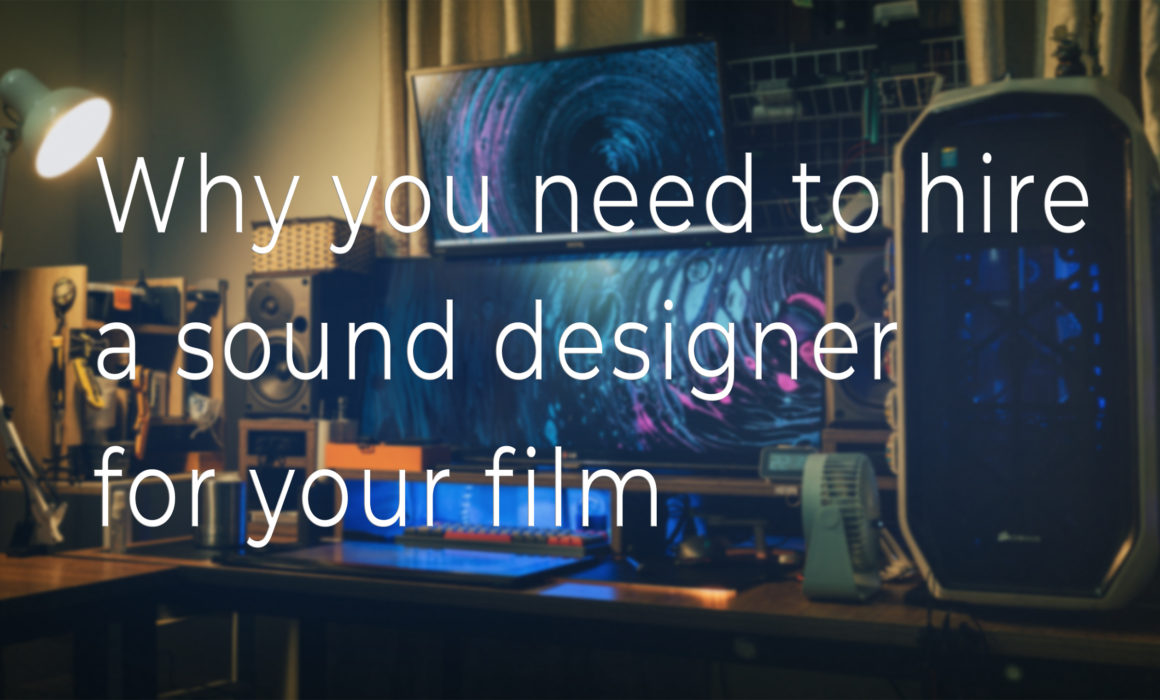New or Used? How Should You Buy Video Production Gear?
As the names on your client list increase in reputation, likely the quantity and quality of gear required to shoot these video productions go up as well. Additionally, there have been many technological advances that have made owning equipment more affordable. No longer is it a requirement to rent crazy expensive cameras or pay for massive lights. Now that technology has become more widely adopted, it seems everyone can afford a basic kit to shoot most productions. at the end of the day, you are trying to decide if you are going to buy gear new or used. In this article, we’ll help you decide if you should buy video production equipment new or used?
Before we begin, let’s break down the different types of equipment we’ll cover. We’ll start with basic grip equipment like stands, flags, and sandbags. We’ll then discuss cables and memory cards. Lastly, we’ll discuss cameras and lenses. Keep in mind, these aren’t hard and fast rules, they are simply factors we’ve considered in the past when considering when you should buy video production gear new or used.
Grip Equipment
The first category of equipment we’ll cover is grip equipment. From flags to stands or even gels. The list goes on and on. For these pieces of equipment, it’s likely that you’d be able to evaluate any damage to them with the naked eye. This means that if that flag has a rip in it, it’d be pretty apparent. If the sandbag is leaking, it’s probably a pass. That said if a stand needs to be lubricated or it’s simply got a little rust, likely you can score a killer discount. As you are building your kit, check out these essential 25 items to have in your kit.
Most grip equipment is built to be rugged and take a beating. It’s designed to be dropped and likely will last many years before it needs to be retired. That said, because it’s big and bulky, it can be difficult to store. This means that grip houses are often pushing out old inventory for cheap when they get the shiny new toys(equipment).
Cables and Memory Cards
The next section to evaluate whether you should buy your video production equipment gear new or used is about cables and memory cards. These pieces of production equipment are crucial to success. Sure if a cable breaks, you may be able to replace it. But what if you are in the middle of a live stream and it goes out. Those cables need to be bulletproof. The problem with buying used cables is that likely you can’t visibly see any damage. Sometimes the cables have damage so small its invisible to the naked eye but could create an issue down the line.
That said, you might consider testing the cable before purchasing it, if it truly is a great deal. Check out this youtube video for more information!
When it comes to memory cards, given they are the heart and soul of your project, you can’t take any risks. There just simply aren’t any ways to know what happened to the card before. Unlike grip equipment that is designed to take a beating, memory cards are extremely fragile. What kind of memory card do you need? If you do consider buying a used memory card, be sure to test them before deciding to keep them! If they are guaranteed to write and read at a certain speed and then don’t perform at that rating, you’ve got an issue.
Cameras and lenses
We’ve discussed, grip equipment as well as cables and cards. In this last section, we’ll consider cameras and lenses! This may seem pretty obvious, but it’s pretty easy to get a dud if you don’t thoroughly check them. Let’s start with lenses.
Lenses
There are multiple ways to evaluate lenses. The first thing to consider is where are you getting the lens. Ask them about the history of it as well as how often they’ve used it. Try turning the focus or zoom wheels. Are they easy and smooth to turn? Next, consider shining some light through it. This would let you know if there is dust inside! You’ll also be able to see if the aperture blades have any sort of issues. This is crucially important as it’s the main determinant as to how much light your sensor lets in. Does it have any loose joints? This isn’t the end of the world, but definitely shouldn’t be too loose! Lastly, look closely for any dings or dents. While they likely won’t affect the image, anything serious should eliminate the lens from your purchase list.
Cameras
Our final section involves evaluating used cameras. This one can be tricky. The biggest and easiest to check indicator of how much life a camera has left is how many shutter actuation clicks it has. This can easily be checked on most modern cameras. If it’s within a low range, it’s probably safe to move on. Higher than 75% of the average shutter count, you should move on! In our other article, we also explain how to select the perfect camera for your video production
The next thing to consider is if it has any visible damage. If it’s just little scuffs, you can likely get a good discount since it’s not pristine anymore. That said, we have dropped cameras in the past, that resulted in very little external damage but some serous internal damage. This means you need to actually operate the camera. Turn it on. Cycle through the menus. Put a lens on it and swing it around and take a few shots. Pretend like it’s your camera for a few moments. How does it feel? Do the knobs work? Can you change the physical buttons with ease? Take a look at this video below for more info!
If you are considering buying your lens on Craigslist you can definitely try it out. Where as if you are purchasing it somewhere else, you’d really need to be careful since you won’t be able to test it. Before you decide to keep it, ensure it feels right to you.
Wrap up
We hope this article on should you buy video production gear new or used has been helpful! Yes saving money is always a good thing! But if in the long run it ends up ruining a shoot or costing you more money to fix it, it isn’t worth it. The last thing to consider is about getting a warranty on any used gear. Sometimes sites like Adorama or BHphoto include a 30 day warranty or return policy on their used gear. If you are looking for more information, check out this article on how to buy used camera gear without getting ripped off. That would not be fun!
If you are looking for a solid San Francisco Video production company, contact us today!


